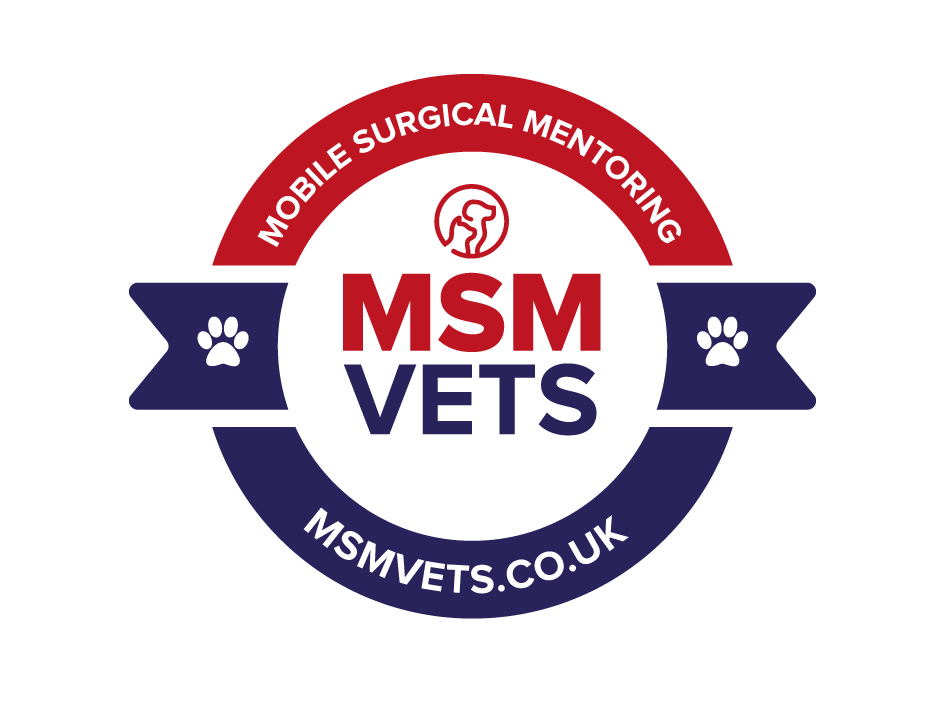Lapspay is fast becoming the surgery of choice
Most people have either had or know someone who has undergone keyhole, or laparoscopic, surgery and the vast majority would suggest this is a far superior method in comparison to open surgery.
Interestingly, the first medical doctor who introduced keyhole surgery to human medicine, specifically for gallbladder removal, was ridiculed by his colleagues. Then, when he refused to stop pursuing the method, they tried to have him sectioned on mental health grounds!
The complete converse is true today and a routine gallbladder removal procedure would not be considered in any way other than through keyhole surgery.
CHANGING TIMES
Within veterinary medicine, the bitch spay is undergoing a transition. Keyhole surgery offers huge post-operative advantages for dogs, and owners are now seeking out this technique with increasing frequency.
Post-operative pain is vastly reduced through this procedure, a fact which is backed up by post-operative comparative studies that show blood glucose and cortisol at significantly lower levels from 30 minutes to two days post-operatively.
Pedometers attached to dogs also show a far quicker return to normal movement levels and it is not uncommon now to suggest that only 48 hours rest is necessary before returning to full exercise post spay. The open method is 10 days!
BREAKING WITH TRADITION
The traditional method of opening the abdomen to remove the ovaries and uterus, an ovariohysterectomy, has long been practiced but in the last 15 to 20 years many researchers and practitioners have argued against the need to remove the uterus.
Without the influence of oestrogen the uterus is dormant and doesn’t need removing. Indeed, a lifetime study of dogs spayed via keyhole techniques has been published in the US and reveals 0% of participants having any uterine complications over their lifetime.
Commonly cited hurdles to introducing the keyhole spay, known as lapspay, into a given practice are equipment expense and a reluctance to change – rather like the original medics we spoke about earlier.
AN INVESTMENT THAT WILL PAY OFF
The technology is quite pricey with some setups costing tens of thousands of pounds, but in our experience if the laparoscopic kit is being used appropriately it will pay for itself within 12 months.
The surgical learning curve is also a little steep and the technology can be off-putting to some, but this is fairly quickly overcome with the correct training and once the lapspay procedure is mastered it opens the door to a plethora of other techniques.
We will still find many practitioners who prefer not to move into this area of surgery, suggesting that they can ‘see more’ and ‘make a keyhole-sized incision anyway’, meaning a lapspay is merely a gimmick.
A MUCH BETTER OPTION
It’s a short-sighted view and one which fails to realise the overall benefits of lapspay. You only need to see one procedure or watch one video online to see that the images available through a lapspay are spectacular in comparison to what is visible through open surgery.
The vessel-sealing technology used to dissect and seal the blood vessels means no internal sutures are needed and there is complete confidence that nothing left behind is bleeding, making the keyhole procedure arguably safer.
The size of hole created in an open spay is often a badge of honour to practicing vets – the smaller it is the more impressive it is viewed. However, the size of hole is often inversely proportional to the amount of pulling needed – and therefore pain inflicted – in the extraction of the required anatomy.
Our hope is that all first opinion practices transition to lapspaying over the next few years. The interest in the method is on an exponential increase and we hear of anecdotal evidence of long waiting lists for available courses.
We predict a point in the near future where practices will either be doing lapspays or not doing spays at all, as their clients will be seeking the procedure elsewhere – the open spay having gone the way of the open gallbladder removal in human surgery!
Posted by Rhea Alton
